The RNLI's 200-year journey from being set up in a pub to saving tens of thousands of lives
The brave men and women of the RNLI have been working for two centuries to save the lives of those whose vessels have run in to trouble in the seas around Britain. In 2024 this national institution is celebrating its 200th anniversary in style.
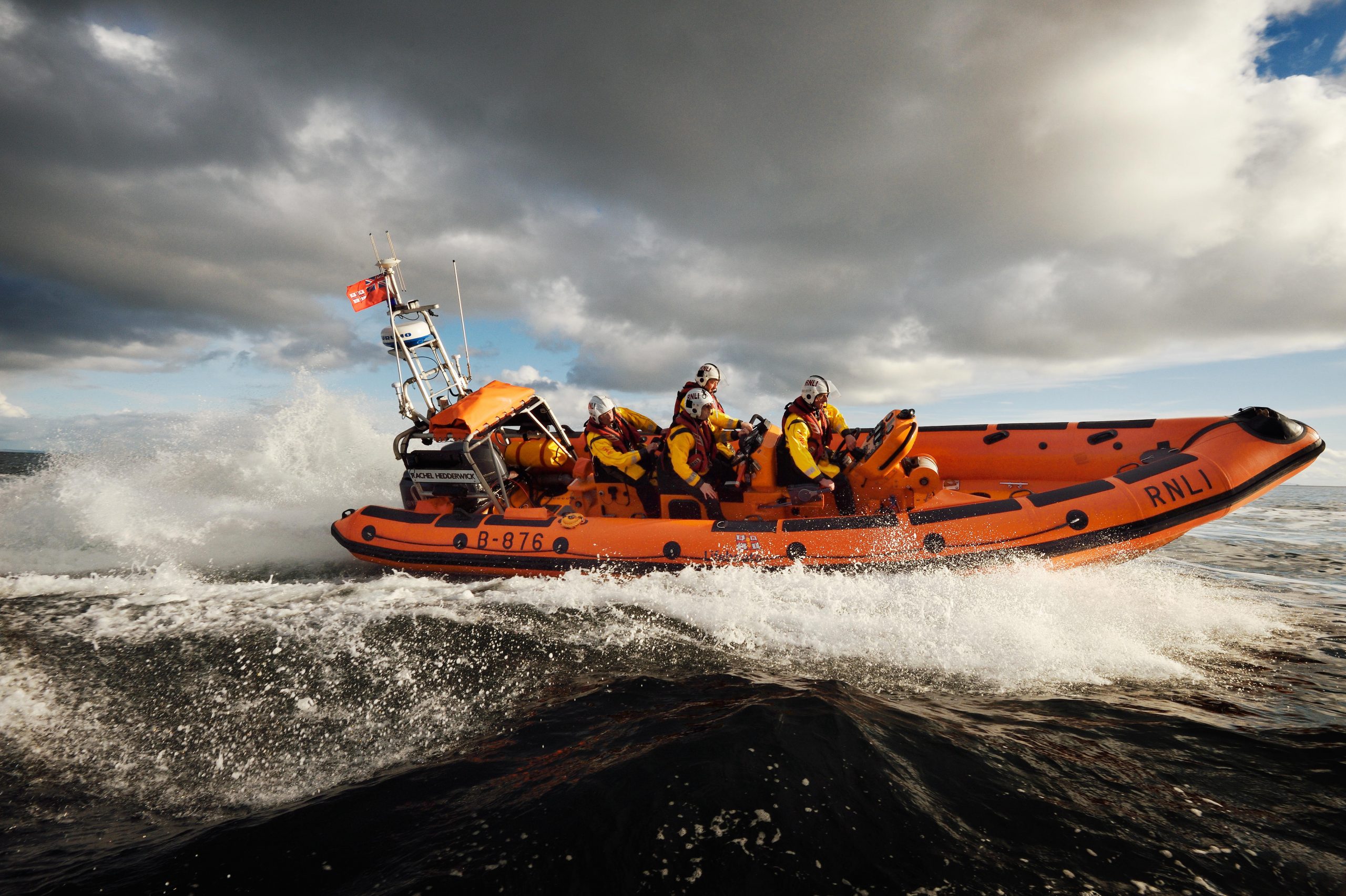

In the 200 years since the Royal National Lifeboat Institution was founded, more than 144,000 lives have been saved and, sadly, 600 courageous crew members have died in the process. To celebrate the RNLI’s anniversary, ‘RNLI 200: The Exhibition’ opens at Chatham Historic Dockyard, Kent. For those who can’t make it there, there is also a a ‘200 Voices’ podcast series launched, in which volunteers, supporters and the rescued recount their stories.
In 1823, Sir William Hillary, resident of the Isle of Man, wrote a pamphlet detailing plans for a lifeboat service for the UK and Ireland. There were then some 1,800 shipwrecks a year in British waters and he often assisted in rescues off the Manx coast. Hillary’s idea to institute ‘a large body of men… in constant readiness to risk their own lives for the preservation of those whom they have never known or seen, perhaps of another nation, merely because they are fellow creatures in extreme peril’ was a noble one.
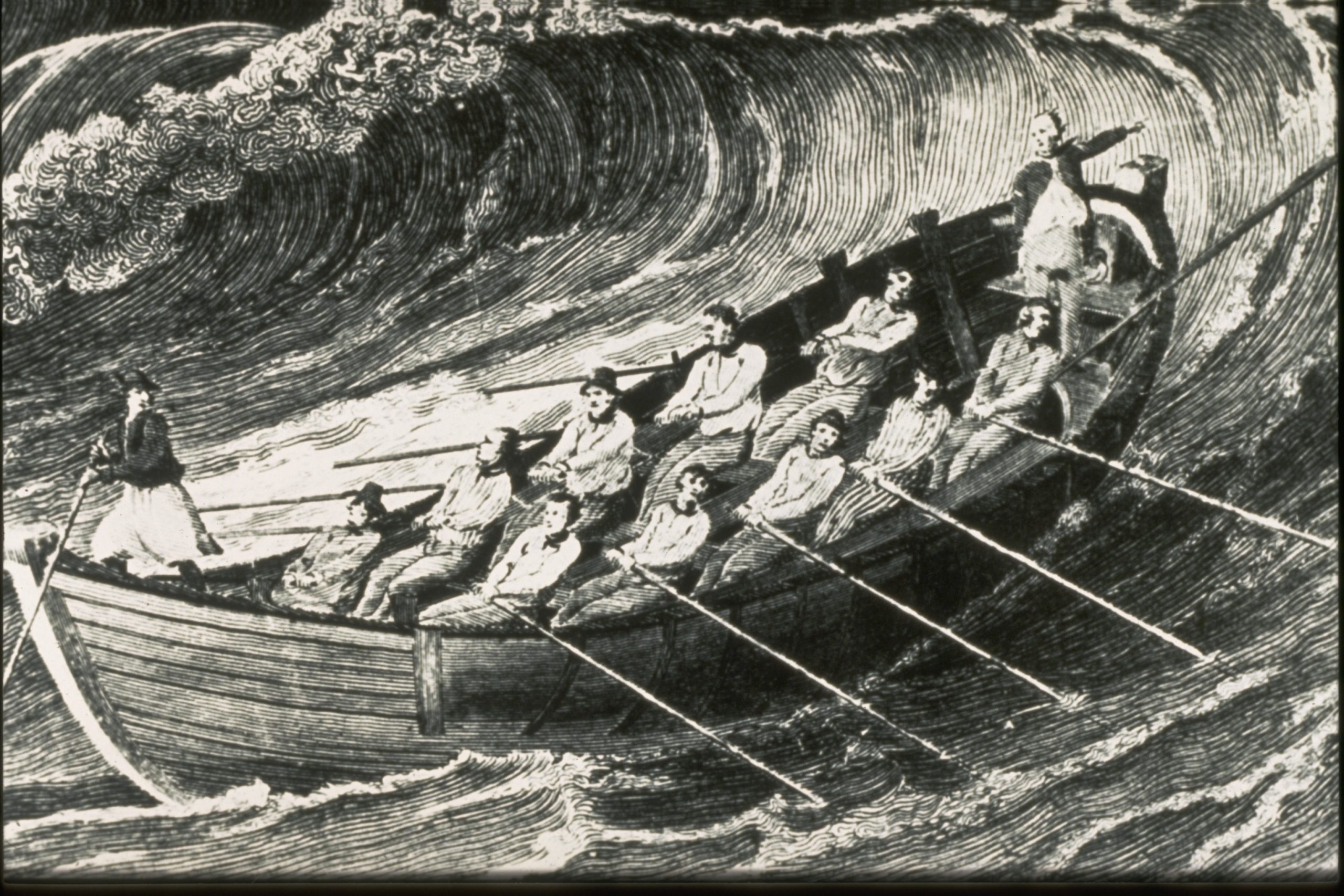
When the Admiralty refused to help, he targeted London Society, garnering the support of politicians, philanthropists, bankers and so on, and, finally, George IV. The Royal National Institution for the Preservation of Life from Shipwreck (as it was known for 30 years) was established on March 4, 1824, at the famed City of London Tavern in Bishopsgate — it was later called ‘the best thing to come out of a pub’.
The stories of men and women who have battled storms to save others are central to the exhibition, such as ‘the girl with windswept hair’ Grace Darling and the less well-known Henry Blogg, who, over 53 years of service with the Cromer lifeboats in Norfolk, helped rescue 873 people.
The show also charts memorable RNLI campaigns and the transition from oar-powered boats to cutting-edge vessels. Visitors can see Tracey Emin’s painting of a Margate lifeboat and a video projection of HMS Racehorse’s final voyage; the ship’s wreck on a reef off the Isle of Man in 1822 is said to have inspired Hillary.
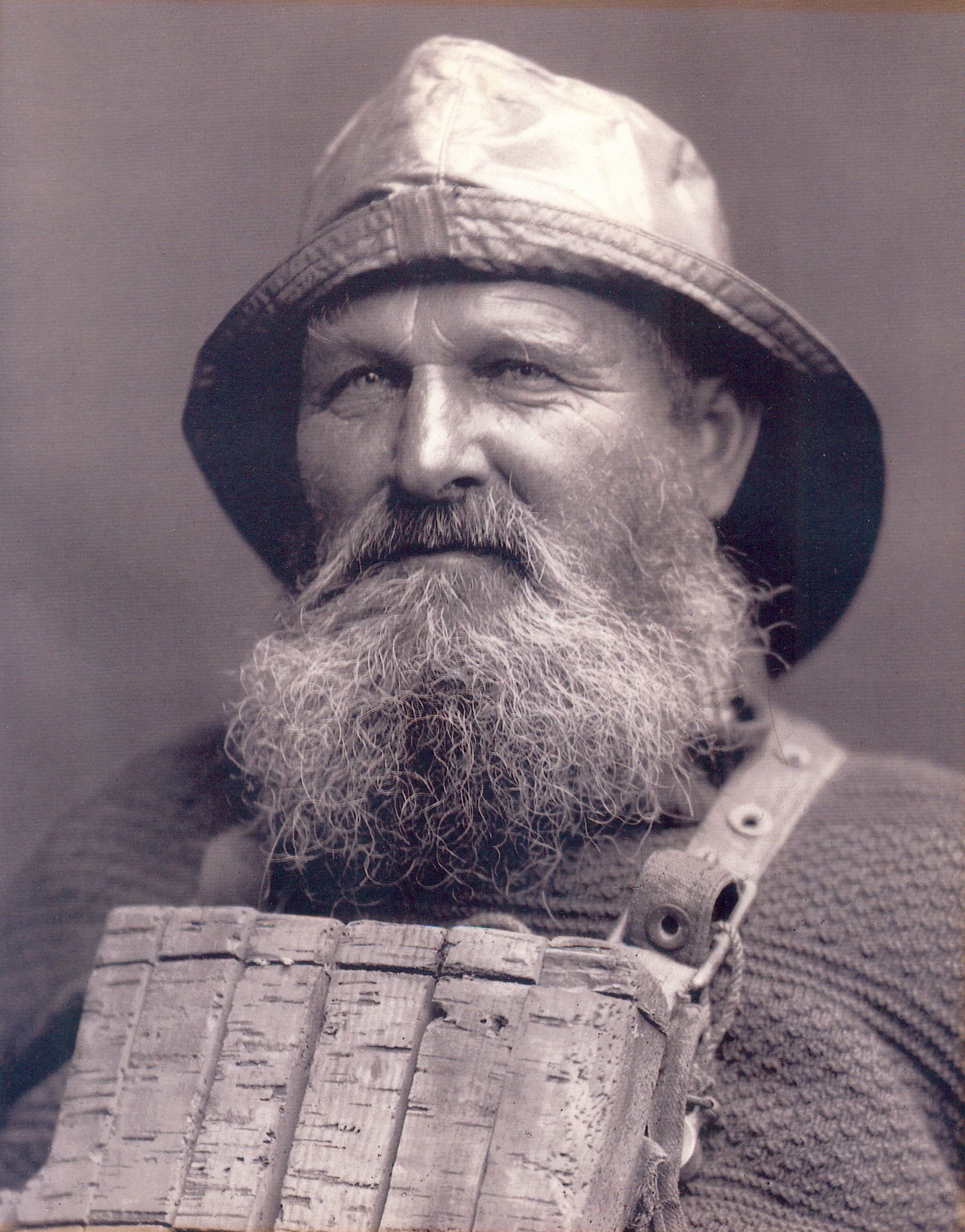
‘One thing that has not changed over the course of the RNLI’s 200 years is its dependence on the bravery and commitment of its volunteer lifeboat crews,’ says Hayley Whiting, heritage archive and research manager at the RNLI.
‘We are proud to share our important heritage, from the first annual report to commemorating the bravery of those who took part in the evacuation of Dunkirk during the Second World War and looking at the advances in engineering made over our history.
Sign up for the Country Life Newsletter
Exquisite houses, the beauty of Nature, and how to get the most from your life, straight to your inbox.
‘We hope also to look ahead to inspire the future generations of lifesavers and supporters who will take the RNLI into its next century and beyond.’
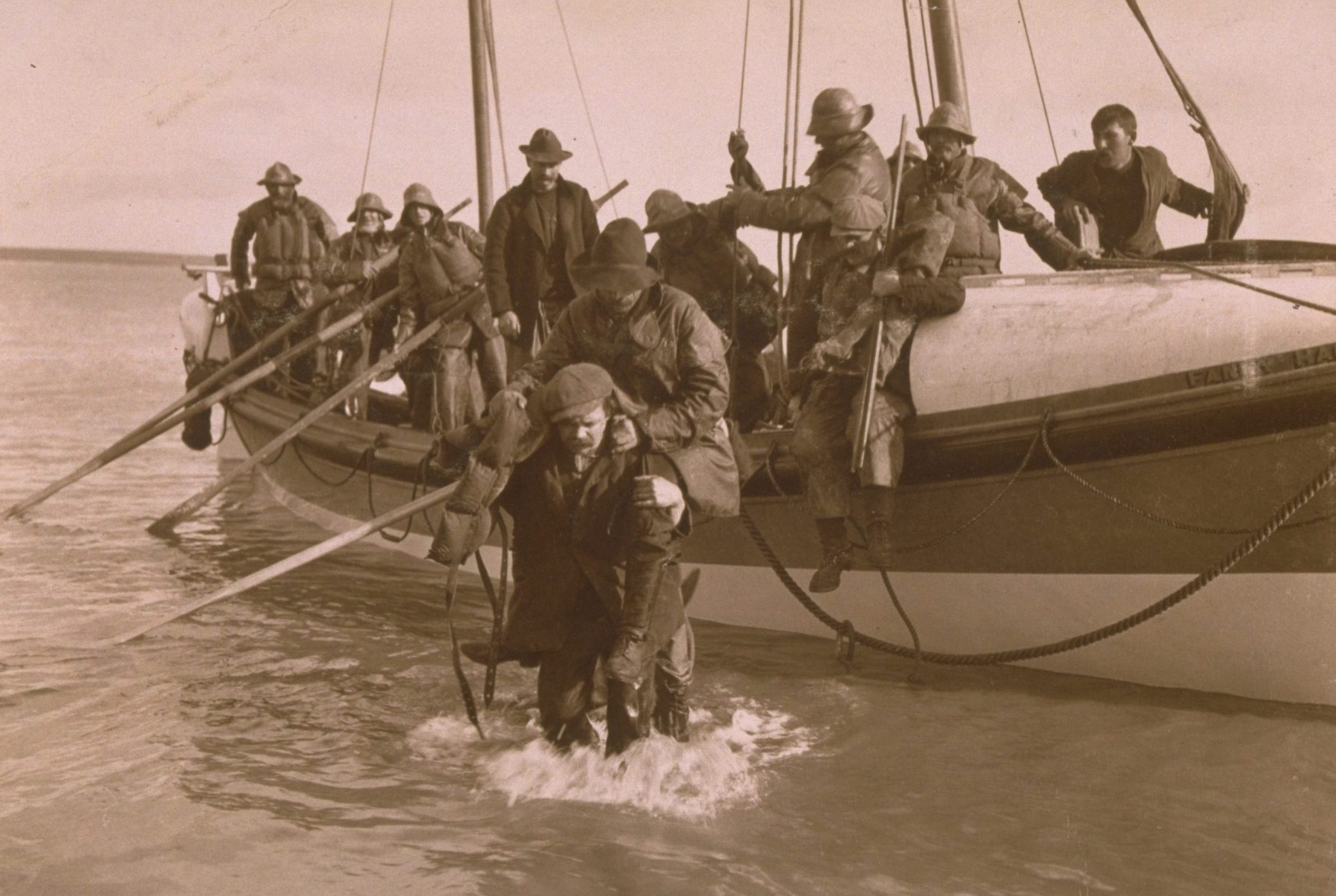
Nick Ball of Chatham Historic Dockyard Trust adds: ‘Over the years, the dockyard has given safe harbour to the RNLI’s collection of historic lifeboats, so it’s particularly fitting that we have been chosen as the space to tell the RNLI’s 200 year story.’
‘RNLI 200: The Exhibition’ runs from March 23 to September 1, 2024 — see www.thedockyard.co.uk for more information.
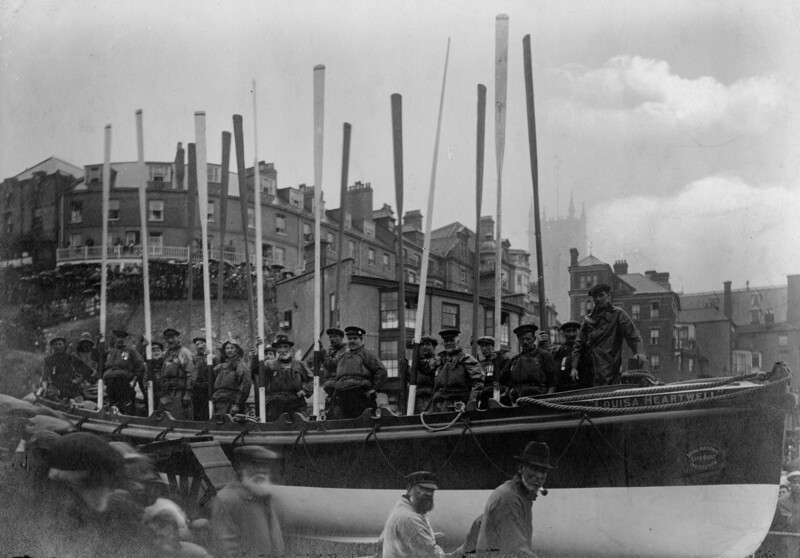
Curious Questions: Why was a lifeboat hauled 13 miles overland in the midst of one of the worst storms of the 19th century?
Martin Fone on the brave men of the RNLI, and the tales of Louisa and Forrest Hall.
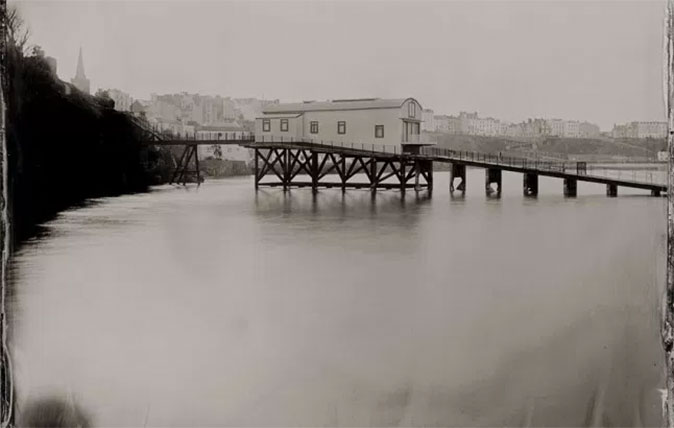
Credit: Jack Lowe
A stunning photographic tribute to the brave men and women of the RNLI goes on display
Professional photographer Jack Lowe is in the midst of a five-year project to document the extraordinary work done by the
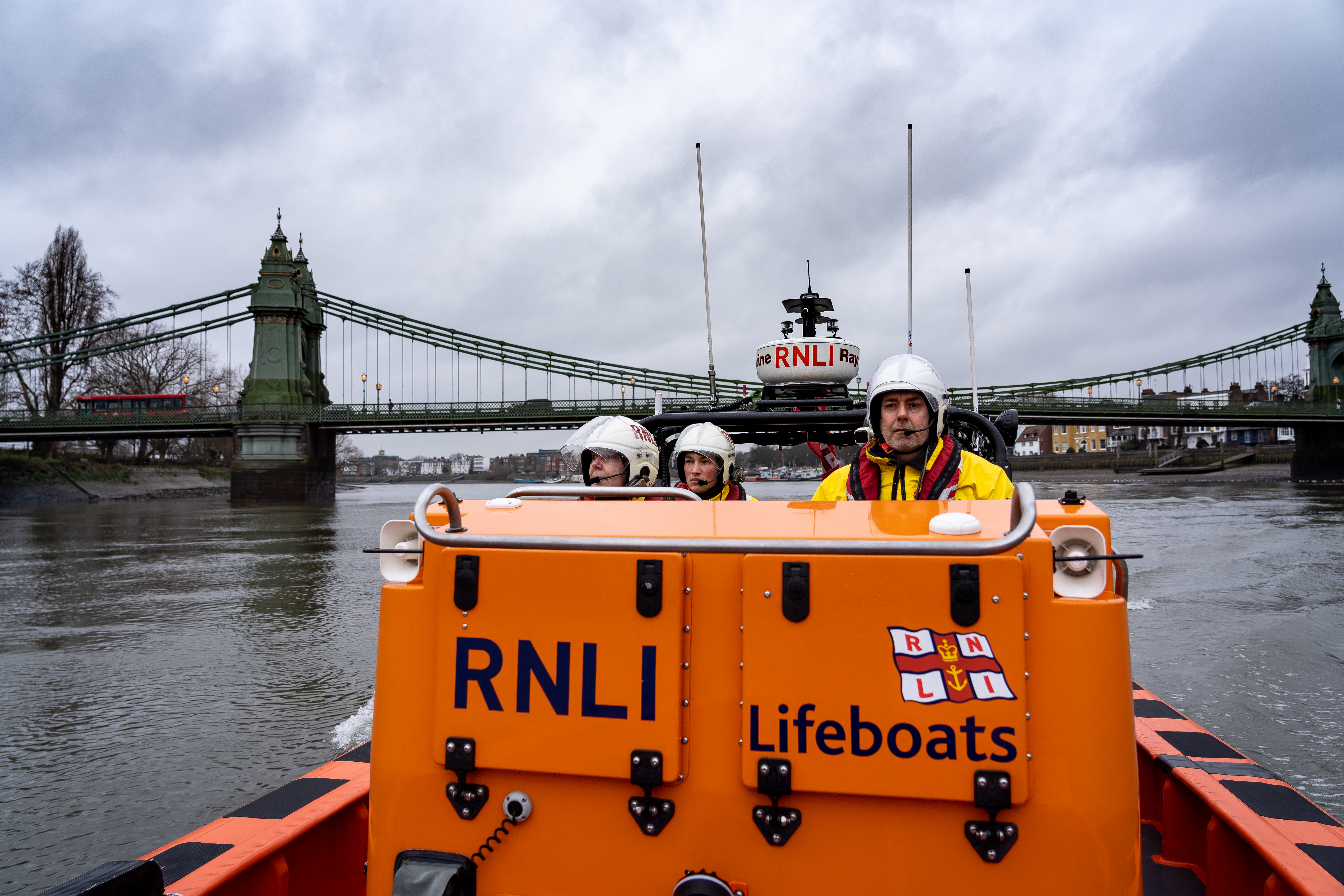
'We're not here to judge... if people need us, we come': How the RNLI London crews keep residents, tourists and even dogs safe from the Thames
The RNLI's two busiest lifeboat stations aren't on the coast: they're the Tower and Chiswick lifeboat crews who keep people
Annunciata grew up in the wilds of Lancashire and now lives in Hampshire with a husband, two daughters and an awful pug called Parsley. She’s been floating round the Country Life office for more than a decade, her work winning the Property Magazine of the Year Award in 2022 (Property Press Awards). Before that, she had a two-year stint writing ‘all kinds of fiction’ for The Sunday Times Travel Magazine, worked in internal comms for Country Life’s publisher (which has had many names in recent years but was then called IPC Media), and spent another year researching for a historical biographer, whose then primary focus was Graham Greene and John Henry Newman and whose filing system was a collection of wardrobes and chests of drawers filled with torn scraps of paper. During this time, she regularly gave tours of 17th-century Milton Manor, Oxfordshire, which may or may not have been designed by Inigo Jones, and co-founded a literary, art and music festival, at which Johnny Flynn headlined. When not writing and editing for Country Life, Annunciata is also a director of TIN MAN ART, a contemporary art gallery founded in 2021 by her husband, James Elwes.
-
 'To exist in this world relies on the hands of others': Roger Powell and modern British bookbinding
'To exist in this world relies on the hands of others': Roger Powell and modern British bookbindingAn exhibition on the legendary bookbinder Roger Powell reveals not only his great skill, but serves to reconnect us with the joy, power and importance of real craftsmanship.
By Hussein Kesvani
-
 Spam: The tinned meaty treat that brought a taste of the ‘hot-dog life of Hollywood’ to war-weary Britain
Spam: The tinned meaty treat that brought a taste of the ‘hot-dog life of Hollywood’ to war-weary BritainCourtesy of our ‘special relationship’ with the US, Spam was a culinary phenomenon, says Mary Greene. So much so that in 1944, London’s Simpson’s, renowned for its roast beef, was offering creamed Spam casserole instead.
By Country Life